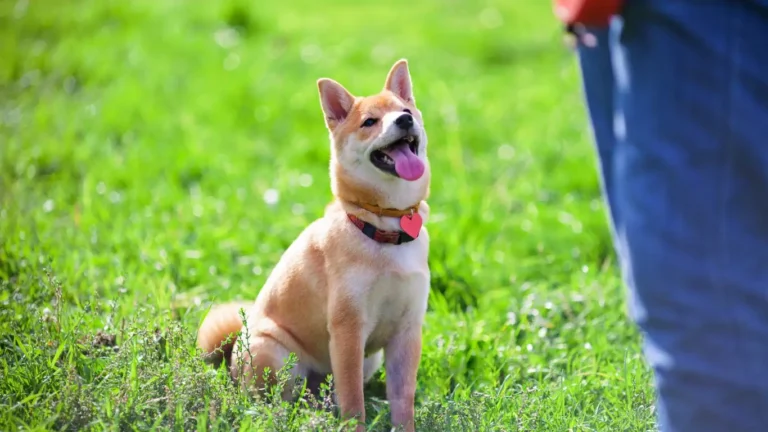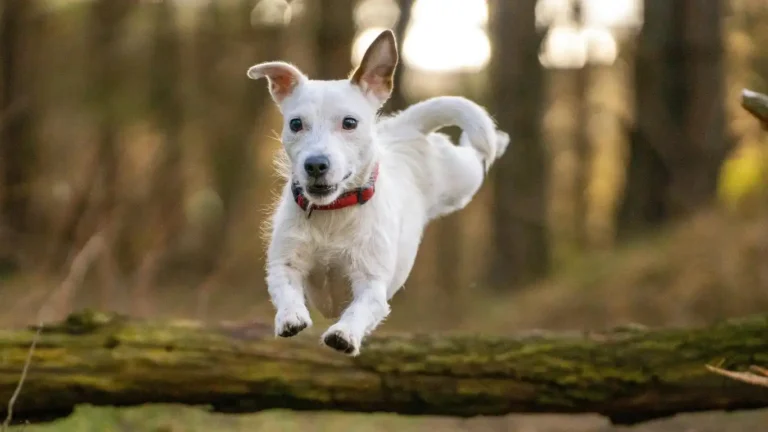How to Train a Dog to Stop Chasing Cars: 10 Proven Methods That Work
As a Veterinary Technician with a focus on nutrition, I’ve had my fair share of experiences with dogs and their quirky behaviors. One of the most common—and concerning—issues I encounter as a pet professional is when dogs develop a dangerous habit of chasing cars. If you’ve ever had a dog dart toward traffic or chase after a moving vehicle, you know how heart-stopping it can be. The good news is, this behavior is not impossible to stop.
With the right approach, a lot of patience, and a bit of training, you can teach your dog to stop chasing cars for good. In this article, we’ll discuss some of the most effective techniques and strategies to help you train your dog to break this habit, and keep both your furry friend and others safe.
Understanding Why Dogs Chase Cars
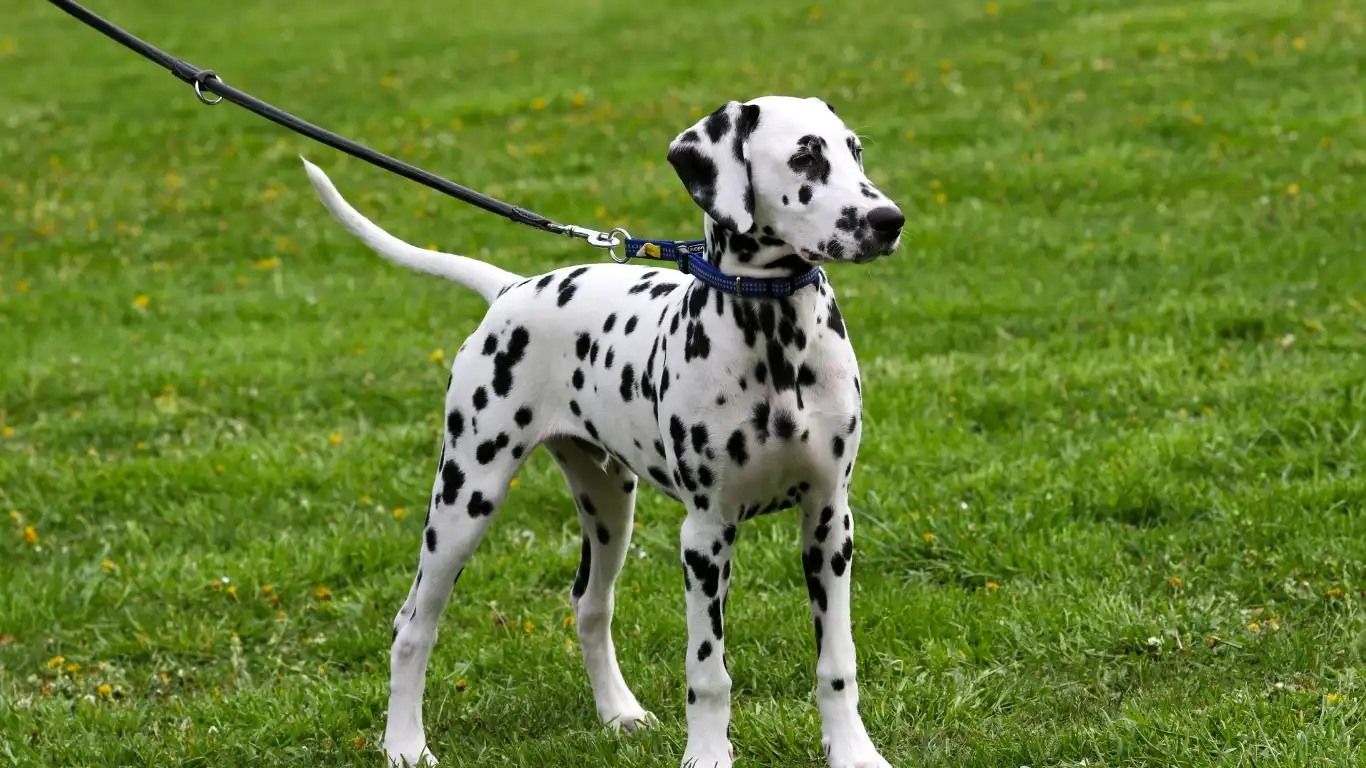
Before diving into the solutions, let’s first understand why dogs chase cars in the first place. As someone who has worked in animal care for years, I can tell you that there are several reasons why this behavior develops. It often stems from a dog’s natural instincts—especially for breeds that were historically bred for chasing and herding. For example, herding breeds like Border Collies or Australian Shepherds may see moving vehicles as something they need to herd, while terriers may chase after anything that moves, simply out of curiosity or excitement.
Another reason is that many dogs are simply trying to get attention. If a dog has chased cars in the past and been rewarded with the excitement of the chase itself, they’ll continue to repeat the behavior. Think about it: When your dog runs after a car, they get a lot of stimulation—the sound, the speed, the movement—all of it can be really exciting for them. This creates a feedback loop where the dog learns that chasing cars is fun or rewarding, which makes the behavior even harder to break.
And let’s not forget fear. Sometimes, dogs will chase cars out of a fear response. They might associate the loud noise or the speed of a vehicle with something scary, so they chase it away in an attempt to protect themselves or their territory. This kind of fear-driven chasing can be more difficult to address and requires a more gradual approach to training.
Steps to Stop Your Dog from Chasing Cars
Step 1: Provide Adequate Exercise and Mental Stimulation
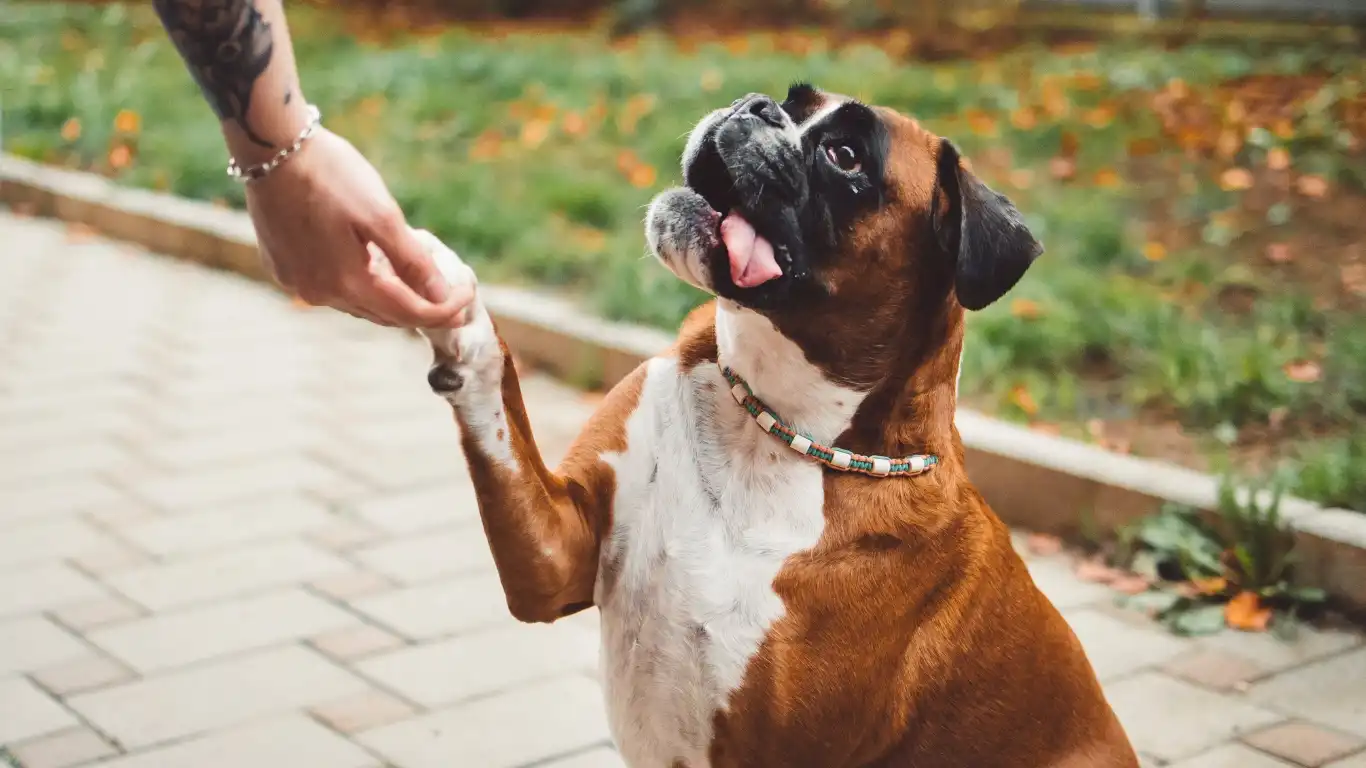
First things first, if your dog has a lot of pent-up energy, that could be contributing to their car-chasing habit. When dogs are bored or have too much unspent energy, they tend to engage in undesirable behaviors like chasing cars. In my experience as a vet tech, I’ve found that dogs who receive plenty of daily exercise—whether it’s through walks, runs, or playtime—are generally less likely to develop obsessive behaviors.
Think about it: A tired dog is a good dog. If your dog is physically tired from a long walk or a game of fetch, they are less likely to have the energy to get involved in the chase. But it’s not just about physical exercise—it’s important to provide your dog with mental stimulation too. Interactive toys, puzzle feeders, and training sessions can all help keep your dog’s mind engaged, which can reduce their impulse to chase things like cars.
Step 2: Reinforce Positive Behaviors with Training
When training a dog to stop chasing cars, you want to replace the undesirable behavior with something positive. Training is key! I can’t tell you how many times I’ve worked with owners who had great success simply by teaching their dogs alternative behaviors, like sitting calmly by their side when they see a car approaching. By reinforcing these calm behaviors with rewards (like treats, praise, or playtime), your dog will start to associate the sight of a car with something positive—rather than the thrill of the chase.
Here’s how I approach this in my training sessions: Start by using basic commands like “sit” or “stay” in a safe, low-distraction environment. Once your dog is consistently following the commands in your yard or home, begin practicing near a quieter road or parking lot. Whenever a car passes, ask your dog to sit or stay. Reward them with treats and praise when they follow the command. This method works because it redirects their attention away from the car and toward the calm behavior you want to encourage. Over time, your dog will start to generalize that the sight of a car doesn’t mean they should run after it—it means it’s time to be calm and focused.
Step 3: Desensitize Your Dog to Cars

Another effective technique is desensitization. This method involves gradually exposing your dog to the thing that triggers the car-chasing behavior (in this case, moving cars) in a controlled way, allowing them to become less reactive over time. Begin by standing at a distance from the road where your dog can see cars pass but isn’t overly excited by them. Gradually decrease the distance between you and the road while maintaining your dog’s focus on you and rewarding calm behavior. The key is to go slow—don’t rush the process or force your dog into a situation where they’re overwhelmed by the stimulus.
During this training, always use positive reinforcement. If your dog stays calm as a car drives by, offer lots of praise and a treat. If they start to get overly excited or show signs of wanting to chase, you can help them refocus by asking them to sit, stay, or even redirect their attention with a favorite toy or treat.
Desensitizing your dog in this manner helps them learn that cars are just part of the environment and not something to be feared or chased.
Step 4: Use Leash Training for Control
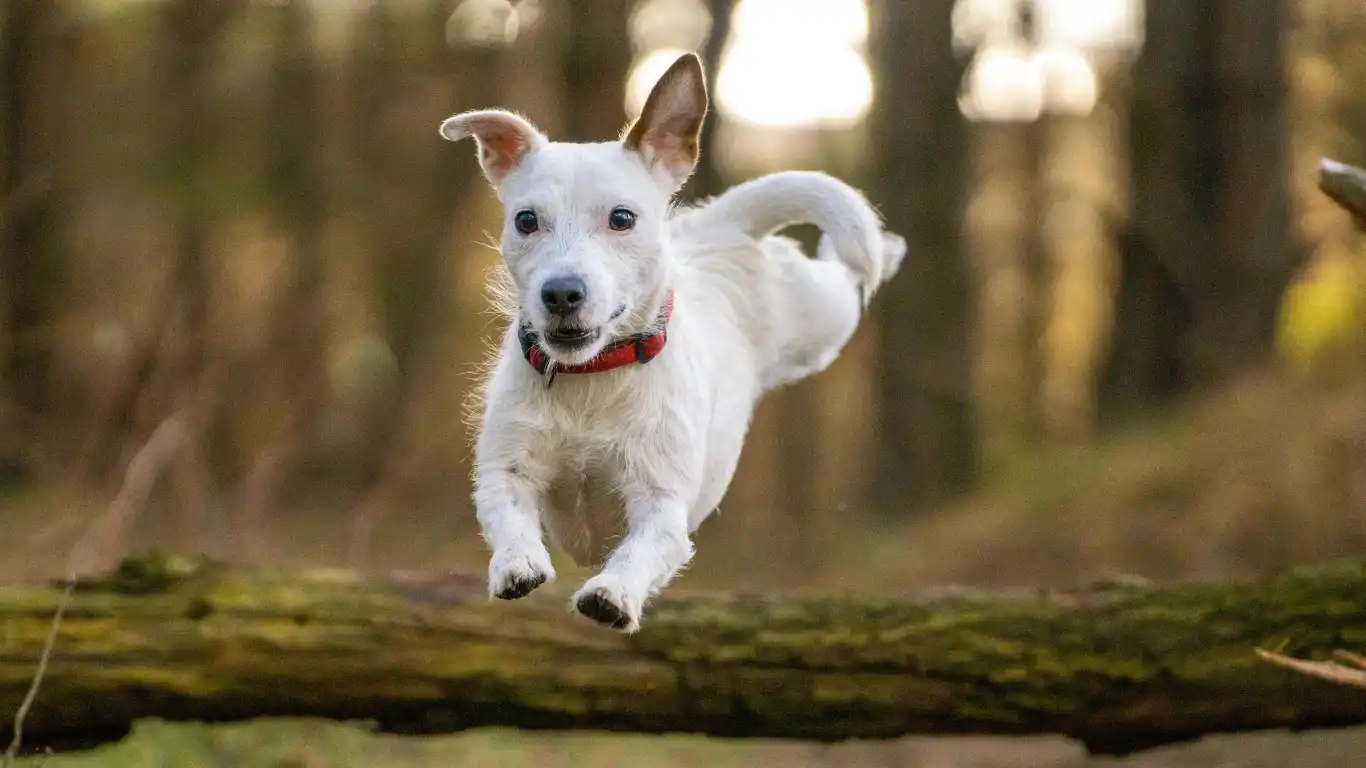
If you’ve ever tried to stop your dog from chasing cars, you’ve probably noticed how hard it is when they’re off-leash. A dog in an uncontrolled environment will be far more likely to dart toward a passing vehicle, no matter how well they know the “sit” command. That’s where leash training comes into play. Leash training is a vital step in teaching your dog to stop chasing cars because it gives you direct control over your dog’s movements. In my experience, I’ve found that using a long leash in a controlled area can work wonders when trying to redirect your dog’s focus away from the car and onto you.
Start by practicing your dog’s basic commands like “sit,” “stay,” and “come” while on a leash. This can be done in your backyard or another quiet place where there is no heavy traffic. Then, gradually move closer to a road or area where cars are passing. Keep the leash short enough so you can guide your dog and prevent them from running toward the street. If your dog shows interest in the car, redirect their attention back to you using a treat or a toy.
Leash training helps establish clear boundaries for your dog, ensuring they are safe from running into traffic while still working on their behavior. Over time, as your dog gets more accustomed to seeing cars without reacting, you can start using a longer leash to give them more freedom. Eventually, you can work toward transitioning to off-leash training, but it’s important to move at a pace that feels right for both you and your dog. It’s all about building trust and consistency.
Step 5: Correcting the Behavior with Negative Reinforcement (Carefully!)
Now, I want to be very clear about this step: negative reinforcement isn’t about punishing your dog, but about discouraging certain behaviors. When done correctly, it can be an effective tool for discouraging your dog from chasing cars. That said, it should always be used alongside positive reinforcement techniques, not as a replacement for them. The goal is to make the behavior of chasing cars less rewarding and to encourage the behaviors you want, like sitting calmly or staying close to you.
For example, if your dog starts running toward a moving car, one technique that’s worked well for me is using a firm “no” or a sound that breaks their focus. This can be a noise that your dog finds startling (but not scary, as we don’t want to create more fear or anxiety). When they stop or turn away from the car, immediately reward them with praise, a treat, or a toy. The combination of “no” and immediate positive reinforcement helps the dog understand that chasing cars doesn’t result in the excitement they’re seeking, but instead, calm behavior earns rewards.
Remember, the key is timing. You have to correct the behavior right when it happens so your dog makes the connection. Over time, as your dog starts to realize that chasing cars doesn’t lead to anything exciting, they’ll naturally be less inclined to repeat the behavior.
Step 6: Make the Environment More Predictable

Another method I’ve seen success with is helping your dog feel more secure by making their environment more predictable. This is especially useful for dogs that may be chasing cars out of fear or anxiety. Think of it like creating a routine that your dog can rely on. The more your dog knows what to expect, the less likely they are to react impulsively to things like moving cars.
One approach is to use barriers or gates to limit your dog’s access to areas where they can see cars. This reduces their exposure to the stimulus, which can help calm their reactions. But even if you can’t always control the environment, you can still create predictable routines for your dog. Walks should be regular, and if possible, avoid taking your dog near busy roads until their behavior improves. Instead, choose quieter, safer areas where they can still get plenty of exercise without the temptation to chase.
Also, if your dog seems to be particularly excitable or reactive, try to work with them in a quieter, controlled environment before moving to areas with traffic. Gradually increasing the level of distraction as your dog becomes more comfortable with the commands you’ve taught them will help them build confidence and learn how to remain calm even in more challenging situations.
Step 7: Seek Professional Help if Needed
Sometimes, despite all your efforts, a dog might still struggle with chasing cars. If that’s the case, don’t hesitate to seek help from a professional dog trainer or a behavioral specialist. There’s no shame in asking for assistance, especially when your dog’s safety is at stake. I’ve worked with many pet owners who turned to professionals for advice and saw significant improvements in their dog’s behavior.
Professional trainers can provide personalized strategies based on your dog’s specific temperament, breed, and behavior. Some dogs may need more intensive behavioral modification techniques, while others might benefit from more positive reinforcement-based methods. The great thing about seeking help from an expert is that you’ll receive targeted advice that’s tailored to your unique situation.
Additionally, if your dog’s behavior is driven by fear or anxiety, a veterinarian may recommend certain medications or therapeutic interventions to help manage their stress levels. As a veterinary technician, I’ve seen firsthand how addressing the underlying emotional issues can be an important part of modifying behavior in pets.
Step 8: Be Patient and Consistent

Finally, the most important thing to remember when training a dog to stop chasing cars is to be patient and consistent. It’s not going to happen overnight. Dogs, especially those with strong instincts or established habits, may take time to change their behavior. But with persistence, you’ll start to see progress.
Celebrate the small victories along the way, whether it’s a few seconds of calm behavior as a car passes or your dog making eye contact with you instead of running toward the road. Each step forward is a win, and as you continue to reinforce the right behaviors, your dog will begin to understand what’s expected of them. Stay positive, keep your training sessions short and fun, and most importantly, never give up. Your dog’s safety and well-being are worth the effort!
Step 9: Make the Training Fun and Engaging

Training a dog should never feel like a chore. If you’re finding yourself frustrated, take a step back and remind yourself that training is a two-way street—your dog needs to enjoy the process just as much as you do. One of the biggest things I’ve learned from working with dogs in a veterinary setting is that when the training is fun and engaging, dogs are far more likely to stay interested and motivated to learn. This is especially important when you’re working on something as potentially life-threatening as stopping a dog from chasing cars.
Try to incorporate play into your training sessions. For example, if your dog successfully follows the “sit” or “stay” command when a car goes by, reward them with a quick game of tug-of-war or fetch. The more your dog associates training with fun, the more likely they are to stay focused and engaged. It’s also a great way to build your bond with your dog, which is key for effective training.
Vary your rewards as well—sometimes use treats, other times use verbal praise or a favorite toy. The idea is to keep things fresh and interesting for your dog, so they stay motivated and avoid getting bored. Bored dogs are more likely to fall back into old habits, so keeping the training enjoyable is essential for long-term success.
Step 10: Addressing Setbacks
Let’s face it, no training process is linear. There are bound to be setbacks along the way. Just like any other behavior modification, training your dog to stop chasing cars may hit a few bumps in the road. The important thing is not to get discouraged when things don’t go as planned. It’s completely normal for your dog to have moments where they get overly excited and forget their training. This happens, especially if they have a deep-rooted habit or instinct to chase cars.
In my experience, it’s vital to stay calm and keep things in perspective. If your dog does slip up and chase a car, don’t scold them harshly or punish them. Instead, go back to basics and reinforce the positive behaviors you’ve taught them. Take the time to reassess what might be causing the setback—perhaps the training environment was too distracting, or maybe your dog is not getting enough mental stimulation outside of training sessions. Identifying and addressing these factors will help get you back on track.
Remember, training is a marathon, not a sprint. Dogs learn at their own pace, and it’s crucial to be patient with them. Keep your expectations realistic, and focus on gradual progress. Small wins add up over time, and your dog will eventually understand that chasing cars is no longer an option.
Step 11: Making the Training Part of Your Dog’s Lifestyle

Once your dog has started to show progress in their car-chasing behavior, it’s important to make the training part of their everyday lifestyle. Training shouldn’t just be something you do during dedicated sessions. For the best results, it should become a natural part of your daily routine. Take every opportunity during walks or outings to reinforce the commands you’ve been working on, such as “sit,” “stay,” and “leave it.” This helps your dog stay focused on you and not on the distractions around them.
As you and your dog build more trust and communication, you’ll start to notice that they’re paying more attention to you than to the cars passing by. This is when the training really pays off. I’ve worked with many dog owners who thought their dog would never stop chasing cars, only to see amazing improvements when they made the commands part of their daily walks, playtime, and even during car rides.
Consistency is key. If you only reinforce the behavior during structured training sessions but not during everyday activities, your dog might struggle to generalize what they’ve learned. The more opportunities you provide for your dog to practice, the more ingrained the positive behaviors will become. Your dog will start to see walking calmly past cars as the norm, rather than a special training exercise.
References & Resources
If you’d like to dive deeper into the topic of dog training, there are many resources available that can help you along the way. Here are a few trusted references to explore further:
- American Kennel Club – Dog Training Tips
- ASPCA – Training and Behavior
- Petfinder – Adopting a Dog and Training Resources
Disclaimer
While the advice in this article comes from my personal experience as a Veterinary Technician and my years of working closely with dogs, it’s important to remember that every dog is unique. Some dogs may require professional assistance to address complex behavioral issues. If your dog’s car-chasing behavior is severe or deeply ingrained, it’s always a good idea to consult with a professional dog trainer or a veterinary behaviorist to ensure you’re using the most effective and safe methods for your pet. Every dog has its own personality, and what works for one might not work for another.
Additionally, this article is meant to provide general guidance and should not replace any medical advice or treatment plans from your veterinarian. Always consult with a vet or behaviorist if you have concerns about your dog’s health or behavior.


